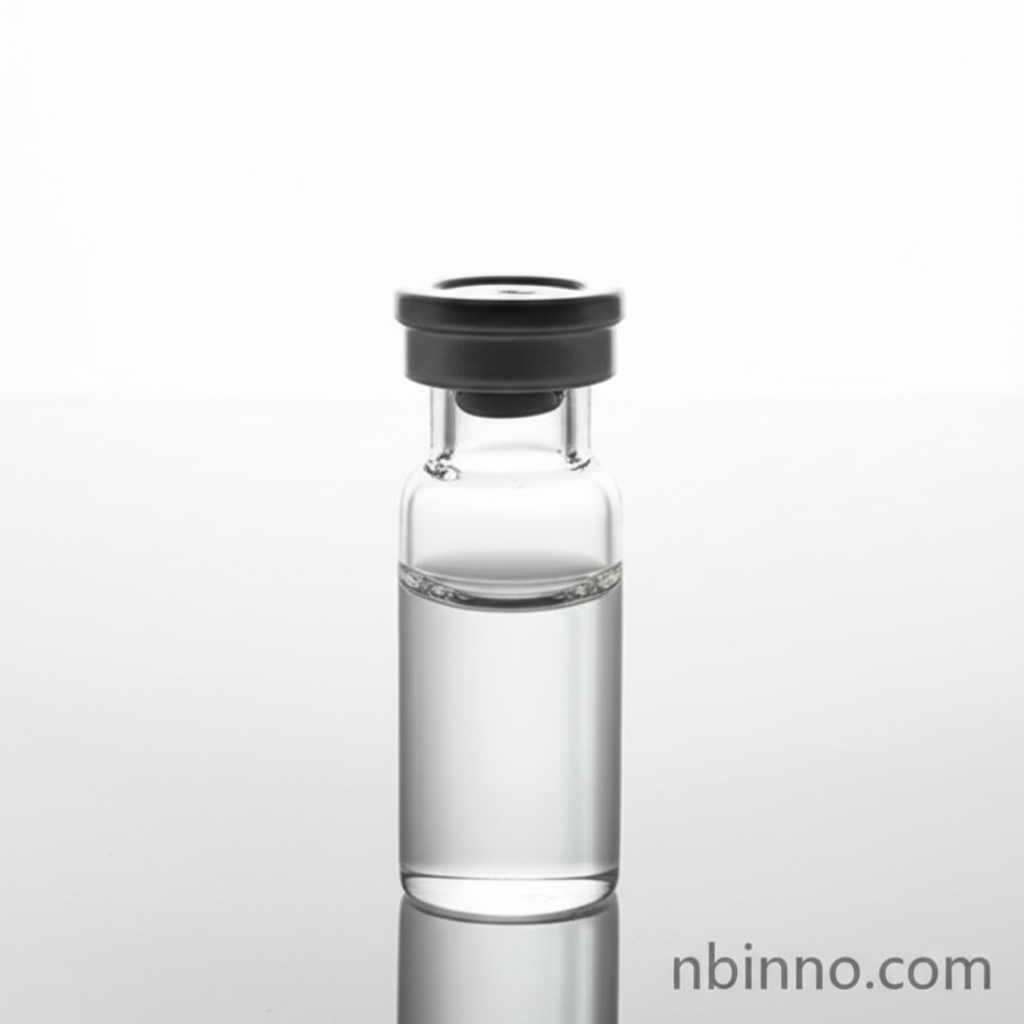Hexanophenone (CAS 942-92-7): Synthesis, Applications, and Safety for Chemical Intermediate Use
Discover the versatile applications and synthetic routes of Hexanophenone, a key organic intermediate for various industries.
Get a Quote & SampleProduct Core Value

Hexanophenone
Hexanophenone (CAS 942-92-7) is a critical organic intermediate used extensively in the synthesis of advanced materials, pharmaceuticals, and specialty chemicals. Its liquid form facilitates precise reaction processes, making it valuable for both laboratory and industrial applications. This compound is a key player in the fragrance industry, contributing to scent profiles, and in pharmaceutical synthesis as a building block for potential drug candidates.
- A crucial component in the fragrance industry, contributing unique scent profiles.
- A vital building block in pharmaceutical synthesis for drug development and research.
- Used as a laboratory reagent for organic chemistry and material science research, enabling the development of new chemical reactions.
- Its application extends to material innovation, particularly in electronics and polymer manufacturing due to its stability.
Key Advantages
Versatile Organic Intermediate
Leveraging hexanophenone synthesis methods, this compound acts as a precursor for a wide array of complex molecules, enhancing innovation in chemical synthesis.
Industry Standard Purity
With hexanophenone chemical intermediate grade purity, it ensures reliable and consistent outcomes in diverse chemical processes, outperforming inconsistent raw materials.
Promotes Material Innovation
Essential in the material science sector, hexanophenone contributes to the development of specialty polymers and materials requiring high chemical stability.
Key Applications
Chemical Synthesis
As a chemical intermediate, hexanophenone is fundamental to creating advanced materials, pharmaceuticals, and fine chemicals, showcasing its role in organic synthesis.
Fragrance Industry
In the fragrance industry, hexanophenone contributes unique aromatic properties to perfumes and cosmetic products, aligning with its role in fragrance chemistry innovations.
Pharmaceutical Development
Its utility as a pharmaceutical intermediate is critical for drug discovery, supporting pharmaceutical building blocks and potential therapeutic applications.
Laboratory Research
As a laboratory reagent, it supports fundamental research in organic chemistry and material science, driving innovation in green chemistry in organic synthesis.
